Filter by
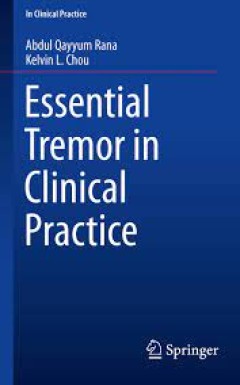
Essential Tremor in Clinical Practice
This practical, concise guide discusses how to distinguish different types of tremor and make the diagnosis of essential tremor. Written in an easy-to-read format, this book summarises other conditions that may be confused with essential tremor and details all current treatment options for this condition, including medications, surgery and non-invasive alternatives. Examination techniques for …
- Edition
- -
- ISBN/ISSN
- 978-3-319-14598-3
- Collation
- 14 b/w illustrations
- Series Title
- -
- Call Number
- -
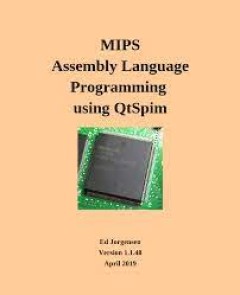
MIPS Assembly Language Programming using QtSpim
There are a number of excellent, comprehensive, and in-depth texts on MIPS assembly language programming. This is not one of them.The purpose of this text is to provide a simple and free reference for university level programming and architecture units that include a brief section covering MIPS assembly language programming. The text assumes usage of the QtSpim simulator. An appendix is include…
- Edition
- -
- ISBN/ISSN
- -
- Collation
- -
- Series Title
- -
- Call Number
- 005 JOR m
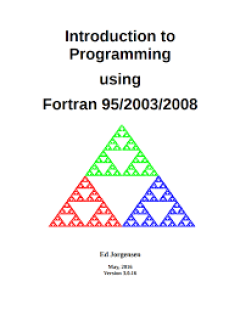
Introduction to Programming using Fortran 95/2003/200
Computers are everywhere in our daily lives. Between the desktop, laptop, phone, bank, and vehicle, it is difficult to completely get away from computers. It only makes sense to learn a little about how a computer really works.This text provides an introduction to programming and problem solving using the Fortran 95/2003/2008 programming language. This introduction is geared for non-computer sc…
- Edition
- -
- ISBN/ISSN
- -
- Collation
- -
- Series Title
- -
- Call Number
- 005 JOR i
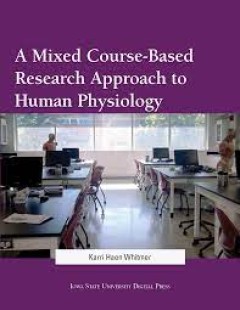
A Mixed Course-Based Research Approach to Human Physiology
The Biology 256 Laboratory course was designed to provide students with hands-on access to modern techniques in human physiological analyses using the course-based research pedagogical approach. In this course, students will learn how to perform literature searches; generate research questions and hypotheses; design experiments; collect, analyze, visualize and interpret data; and present scient…
- Edition
- -
- ISBN/ISSN
- -
- Collation
- -
- Series Title
- -
- Call Number
- 001 WHI m
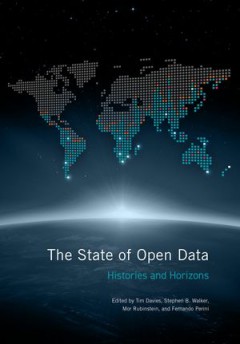
The State of Open Data: Histories and Horizons
It’s been ten years since open data first broke onto the global stage. Over the past decade, thousands of programmes and projects around the world have worked to open data and use it to address a myriad of social and economic challenges. Meanwhile, issues related to data rights and privacy have moved to the centre of public and political discourse. As the open data movement enters a new phase…
- Edition
- -
- ISBN/ISSN
- 9781552506127
- Collation
- -
- Series Title
- -
- Call Number
- 005.642 STA
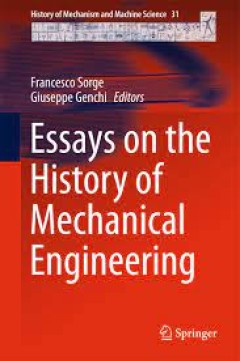
Essays on the History of Mechanical Engineering
This book treats several subjects from the History of Mechanism and Machine Science, and also contains an illustrative presentation of the Museum of Engines and Mechanisms of the University of Palermo, Italy, which houses a collection of various pieces of machinery from the last 150 years. The various sections deal with some eminent scientists of the past, with the history of industrial inst…
- Edition
- -
- ISBN/ISSN
- 978-3-319-22680-4
- Collation
- 142 b/w illustrations, 180 illustrations in colour
- Series Title
- -
- Call Number
- -
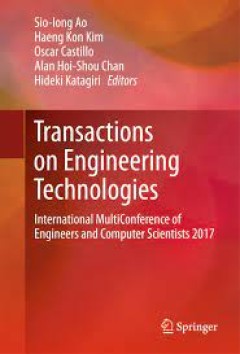
Transactions on Engineering Technologies
This volume contains fifty-one revised and extended research articles written by prominent researchers participating in the international conference on Advances in Engineering Technologies and Physical Science (London, UK, 2-4 July, 2014), under the World Congress on Engineering 2014 (WCE 2014). Topics covered include mechanical engineering, bioengineering, internet engineering, wireless networ…
- Edition
- 1
- ISBN/ISSN
- 978-94-017-9803-7
- Collation
- XI, 773
- Series Title
- -
- Call Number
- -

Sustainable Development, Knowledge Society and Smart Future Manufacturing Tec…
The book contributes to a better understanding of the role of knowledge societies in achieving sustainability. It is based on the conference with the same title held in Riga, which brought together experts from Europe and the rest of the world. The book highlights sustainable development in relation to the knowledge society and smart future manufacturing technologies, and it helps provide a bet…
- Edition
- -
- ISBN/ISSN
- 978-3-319-14883-0
- Collation
- XVI, 341
- Series Title
- World Sustainability Series
- Call Number
- -
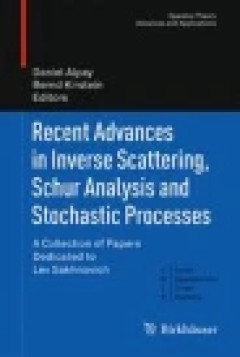
Recent Advances in Inverse Scattering, Schur Analysis and Stochastic Processe…
The volume is dedicated to Lev Sakhnovich, who made fundamental contributions in operator theory and related topics. Besides bibliographic material, it includes a number of selected papers related to Lev Sakhnovich's research interests. The papers are related to operator identities, moment problems, random matrices and linear stochastic systems.
- Edition
- -
- ISBN/ISSN
- 978-3-319-10335-8
- Collation
- -
- Series Title
- -
- Call Number
- 515.72
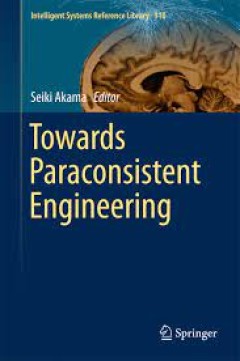
Towards Paraconsistent Engineering
This book presents a collection of contributions from related logics to applied paraconsistency. Moreover, all of them are dedicated to Jair Minoro Abe,on the occasion of his sixtieth birthday. He is one of the experts in Paraconsistent Engineering, who developed the so-called annotated logics. The book includes important contributions on foundations and applications of paraconsistent logics in…
- Edition
- 1
- ISBN/ISSN
- 978-3-319-40417-2
- Collation
- XVI, 234
- Series Title
- Intelligent Systems Reference Library
- Call Number
- -
 Computer Science, Information & General Works
Computer Science, Information & General Works  Philosophy & Psychology
Philosophy & Psychology  Religion
Religion  Social Sciences
Social Sciences  Language
Language  Pure Science
Pure Science  Applied Sciences
Applied Sciences  Art & Recreation
Art & Recreation  Literature
Literature  History & Geography
History & Geography